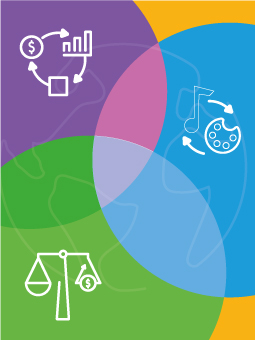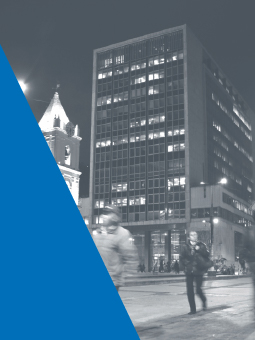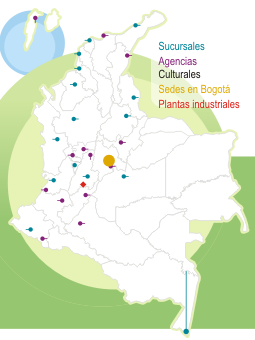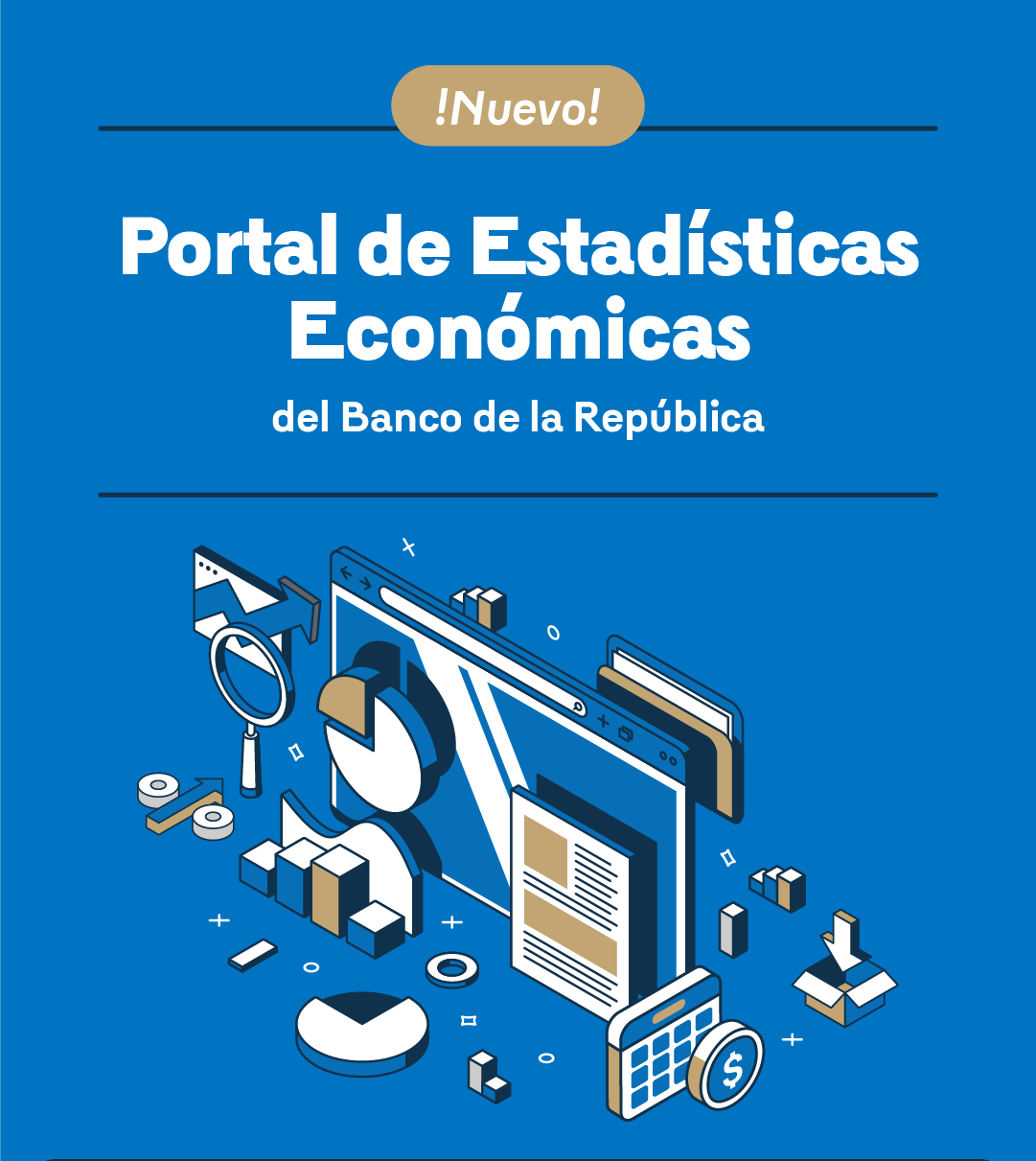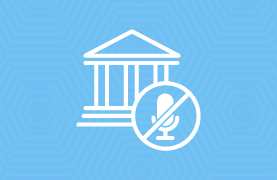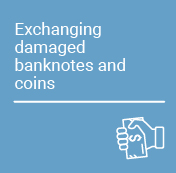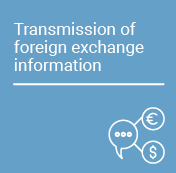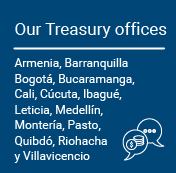Servicios
|
In accordance with the Colombian Constitution, the Board of Directors of Banco de la República (BDBR) is the credit authority of the Colombian economy. Law 31 of 1992 constitutes the general framework of reference for the exercise of the functions attributed to the Board as credit authority.
|
|
Banco de la República’s (the Central Bank of Colombia) policy strategy aims to maintain a low and stable inflation rate as well as to achieve output levels close to their potential value. Likewise, the Bank's policy contributes to preserve financial stability and the payment system. Exchange rate…
|
|
The following information is available in English, please remember that the translations made by Banco de la República with respect to the contents of its websites are for information purposes. More info in Terms and Conditions: Monetary PolicyThe strategy behind Banco de la República’s policy…
|
|
This translation includes:
|
|
Artículo publicado en: Macroeconomics and Finance in Emerging Market Economies (Taylor and Francis), vol. 6, núm. 1, pp: 131-145, 2013.
|
|
Artículo publicado en: Journal of Risk Management in Financial Institutions, vol. 6, num. 3, pp. 253-279, 2013.
|
|
Artículo publicado en: The Journal of Developing Areas, vol. 46, num. 2, Fall: pp. 85-103, 2012.
|
|
OFFICIAL JOURNAL. YEAR CXXIX. N. 41142. DECEMBER 17, 1993. PAGE. 2DECREE 2520/1993 (DECEMBER 14) BY WHICH THE STATUTES OF THE BANCO DE LA REPÚBLICA ARE ISSUED. The President of the Republic of Colombia, through the exercise of the authority…
|
|
OFFICIAL JOURNAL. YEAR CXXVIII. N. 40707. 4, JANUARY, 1993. PAGE 1. LAW 31 OF 1992. (DECEMBER 29)
|
|
It is the Banco de la República’s responsibility to administer the country’s international reserves, including management, investment, safekeeping and disposal of reserve assets. Investment takes place principally by following the criteria of security and liquidity with the aim of facilitating…
|
|
The Banco de la República fulfils these duties by receiving funds in deposit from the Nation and public entities under the conditions established by the Board of Directors. Furthermore, the Banco de la República may act as fiscal agent in the negotiation of external and internal credits upon…
|
|
|
|
The purpose of this paper is to evaluate whether developed countries export taxes to developing countries, contributing to the deterioration of their terms of trade and welfare. Developing countries have become increasingly integrated into world commerce. Since the beginning of the 1990”s most…
|
|
One of the main functions of the Central Bank is to ensure that the economy's payment system operates on a firm and efficient basis. The stability of the financial system is essential to this task. For this reason, the first edition of the Financial Stability Report was published by Banco de la…
|
|
The July 2003 Financial Stability Report stated that the pick-up in credit growth resulted from positive behavior by both credit supply and credit demand. These developments intensified over the second half of 2003 and, combined with a more favorable external environment, allowed the financial…
|
|
The previous Financial Stability Report showed that solvency had improved not only for credit establishments but also for firms and households, which are the system’s main counterparts within the real sector. Specifically, the Report described how the financial system’s solvency had recovered and…
|
|
In the early nineties Colombia carried out a trade liberalization program within an economic openness program (Apertura), which resulted in considerable lower tariffs and the elimination of non-tariff barriers. According to the World Trade Organization (WTO) the rates were lowered significantly…
|






